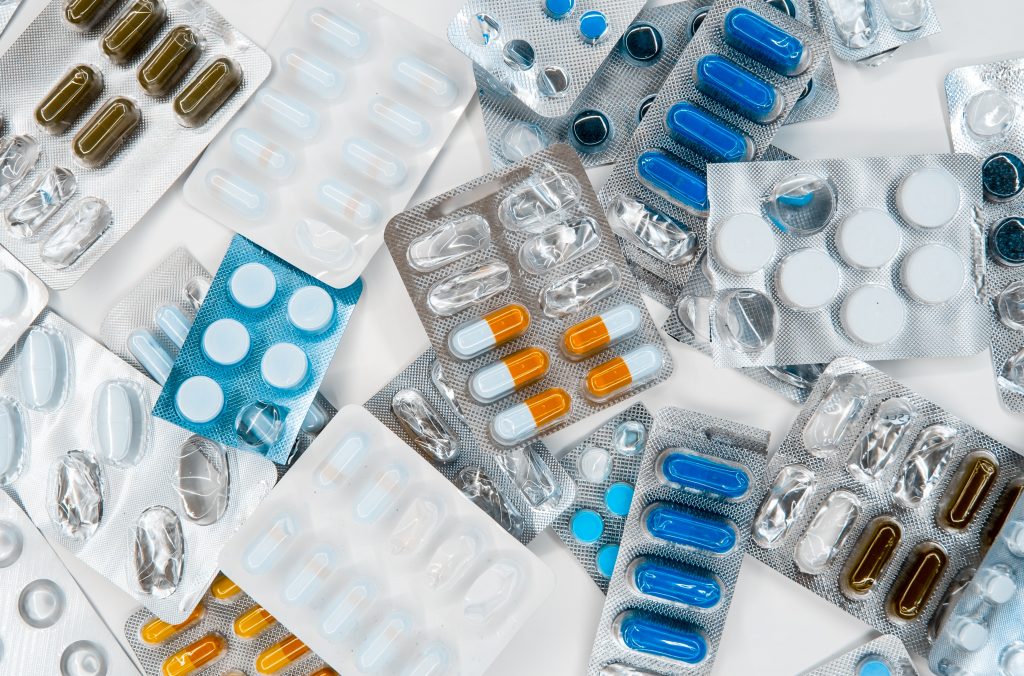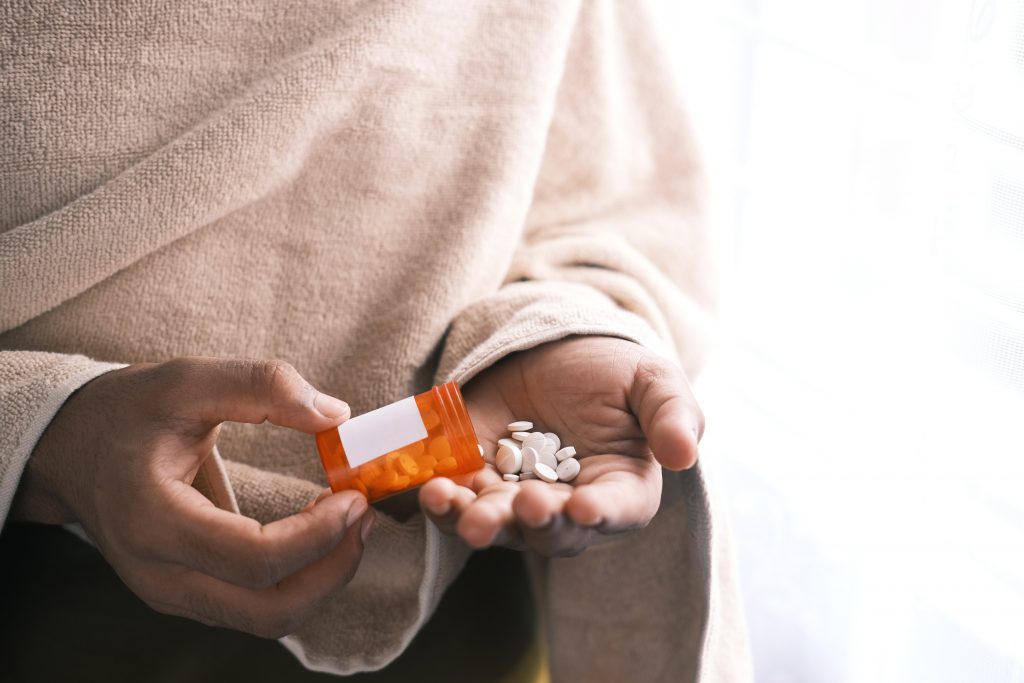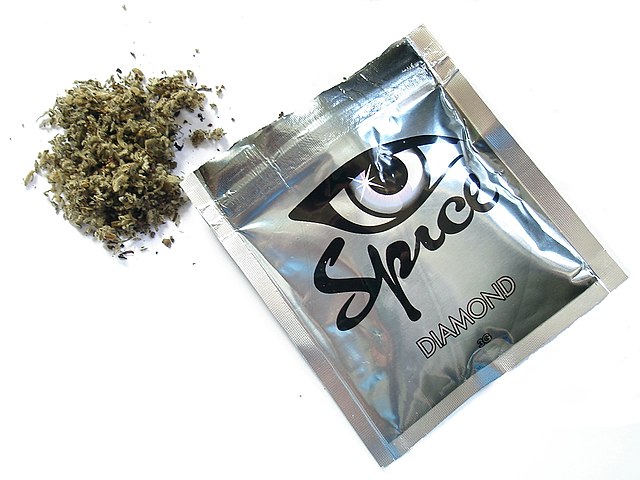1.1 Types of Drugs: Endogenous, Natural, Semisynthetic and Synthetic
Many drugs can change a person’s thinking and judgment, and can lead to many consequences including: addiction, driving under the influence, adverse effects on pregnancy, many health risks, and infectious disease. Information on commonly used drugs with the potential for misuse or addiction can be found here in the websites below provide additional information on all kinds of medications and commonly misused drugs.

There are four types of drugs:
Endogenous
Endogenous substances and processes are those that originate from within the body or system such as an organism, tissue, or cell. For example: naturally occurring pain-relieving substance like opioids, vs to opioid drugs like heroin, which are exogenously (outside the body) administered.

Natural (both Crude Forms and Refined forms)
Natural substances extracted from plants and animals (chemical and structural diversity and the biodiversity of their components). These natural sources may avoid the side effects, as they produce physiological and pharmacological effects within living cells, they also have more interaction with proteins, enzymes and other biological molecules. Examples: marijuana, heroin, (willow tree bark), digoxin (flower Digitalis lanata), morphine (from opium)

Semisynthetic
A substance made by synthesis from a naturally occurring material. These natural compounds have many advantageous. These are a hybrid of natural and synthetic sources, by transforming starting materials from natural sources into final products via chemical reactions. Examples: antibiotic penicillin, paclitaxel (an anticancer drug derived from the Pacific yew tree)

Synthetic
Drugs are produced via chemical synthesis. Examples of synthetic drugs are called Designer Drugs which include: bath salts, K2 and are listed on websites as “plant food” or “bath salts,” however, the powdered form is also compressed in gelatin capsules. The synthetic stimulants are sold in smoke shops, head shops, convenience stores, adult bookstores, gas stations, and on Internet sites and often labeled “not for human consumption. Our bodies have challenges processing synthetic drugs which make them very toxic and dangerous

Neither synthetic nor organic drugs are more dangerous than the other, because both of them have the potential for abuse. They all cause a chemical reaction in the brain and body, the longer the chemical, organic or synthetic is used the more change it will cause.
For more Information on Types of Drugs
RCMP Drug Identification Chart (identifies drug types, including common street names, effects, and methods of use and detection)
A comprehensive list of Medical Information on prescription drugs, vitamins and over-the-counter medicines from WebMd.com
Key Takeaways
To make the most of these resources you should be able to do the following after carefully reading the information they provide:
- Describe each type of drug in your own words.
- Explain the benefits and dangers associated with each type of drugs.
- List several examples of each type of drug.
ATTRIBUTION: This chapter is not covered by the adaptation statement, it is an original work.
References
Guides de Recherche · research guides: Pharmacology: Drug information resources. Drug Information Resources – Pharmacology – Guides de recherche · Research guides at University of Ottawa. (n.d.). Retrieved April 22, 2023, from https://uottawa.libguides.com/c.php?g=265347&p=1772705

